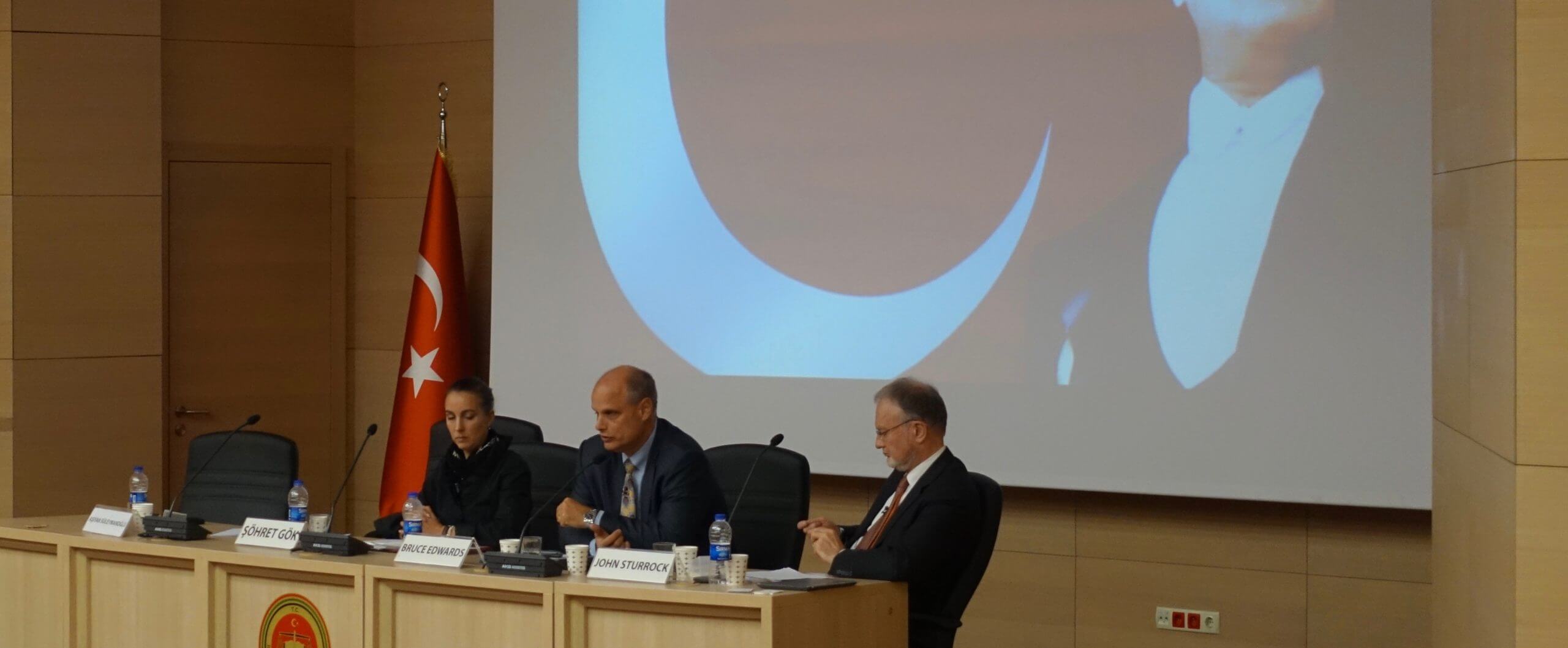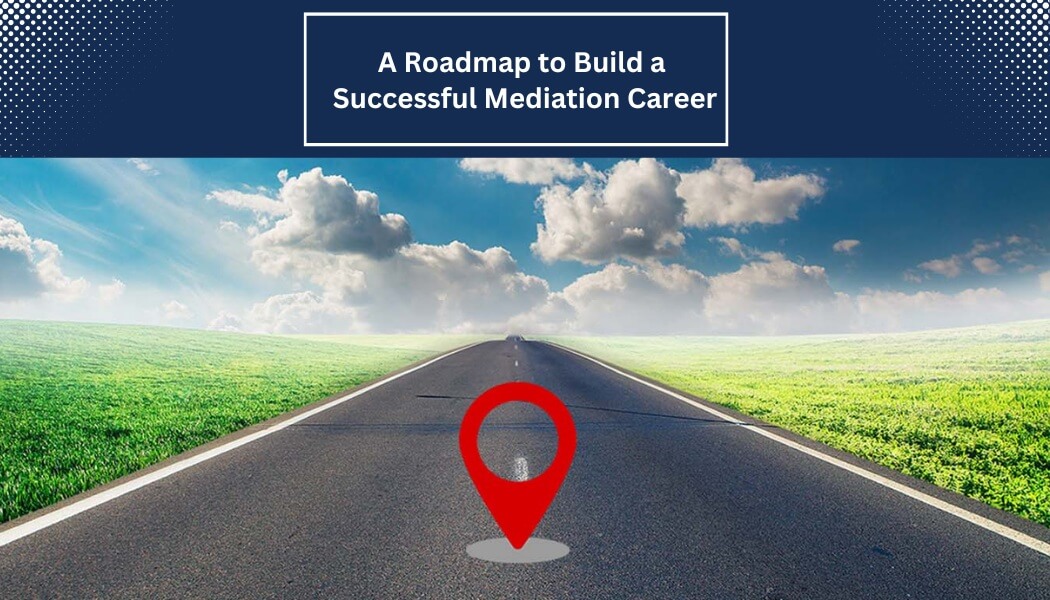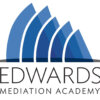Istanbul has long been recognized as one of the world’s most vibrant cities. It literally represents the confluence of cultures as the continents of Asia and Europe meet at opposite sides of the Bosporus. Today, almost twenty million people inhabit this teeming metropolis, where the western influences of the European Union tug at the roots of the country’s more traditional past. A variety of political issues from recent presidential elections to the tide of Syrian refugees add a sense of urgency and importance to the topic of the day: conflict resolution.
It’s against this backdrop that with my new friend and colleague, John Sturrock, an accomplished mediator and trainer from Scotland, I enter the largest courthouse in the world to begin training attorney mediators and introducing judges to the benefits of mediation. (In 2014, Turkey passed a new mediation law, one of its main tenants being the requirement that mediators must be members of the bar, leaving no room for inclusion of non lawyers as this nascent industry begins to take shape.)
Accompanied by our host, attorney mediator Asiyan Suleymanoglu, we enter the courthouse through tight security, especially appreciated in the days following the Paris shootings. What stands out first, besides the immense size of the building itself, is that it more closely resembles a small, self-contained city replete with banks, bookstores and coffee shops than a single purpose courthouse. All around there is a frenetic pace set by the crush of attorneys hurrying from place to place, wearing the tradition black robes signaling their station as advocates.
As we entered the ultra modern lecture hall and were “mic’d up” by our translation team, I surveyed the room and wondered again, what I was doing half a world away from home, trying to help influence a paradigm shift in a legal culture so foreign to my own. John and I walked into the crowd to introduce ourselves and settle into the task at hand.
Over the next eight hours we took turns explaining the mediation process, demonstrating mediation techniques, and discussing a variety of practical issues impacting members of the bar and judiciary.
One of the many benefits of sharing your learning with others is what comes back in return. The audience was surprisingly sophisticated in their questions and we learned much about the new mediation law itself including its prohibition against “directing” mediation participants. A lively conversation ensued, through translators primarily, over the semantic differences between what it means to influence versus direct participants in mediation. We also spoke openly with representatives of the Ministry of Justice about the advisability of potential amendments to the law, including making mediation mandatory in certain types of cases. While generally not a fan of mandatory mediation, I had to be careful not to overlay my American ideals on a legal system struggling with very real access to justice issues. Like so many countries in which I teach, there can be a practical advantage to a judicial jumpstart to mediation occasioned by some degree of mandatory process.
By the end of the day, I believe John and I had opened their eyes to a world of new possibilities. Most important, for those who had completed the requisite 48 hours of training necessary to become a “certified mediator”, our hope was that we had provided a glimpse of what they still need to learn as they anticipate the half million cases that await mediation.
As with any international training, the goal is to share the best practices developed over the last twenty-five years in the U.S. along with the lessons we’ve learned from our mistakes. The invitation then is for them to take the best of what we have to offer, filter it through the unique backdrop of their culture and laws, and accelerate the advancement of mediation in their community. I look forward to returning to Istanbul to revisit new friends and assess the impact of our efforts.
Bruce A. Edwards is an ADR industry pioneer and recent chairman of the board of directors of JAMS, this country’s largest private provider of ADR services. Along with his wife, Susan Franson Edwards, Mr. Edwards recently cofounded Edwards Mediation Academy, an online education platform dedicated to improving the skills of mediators around the world.





